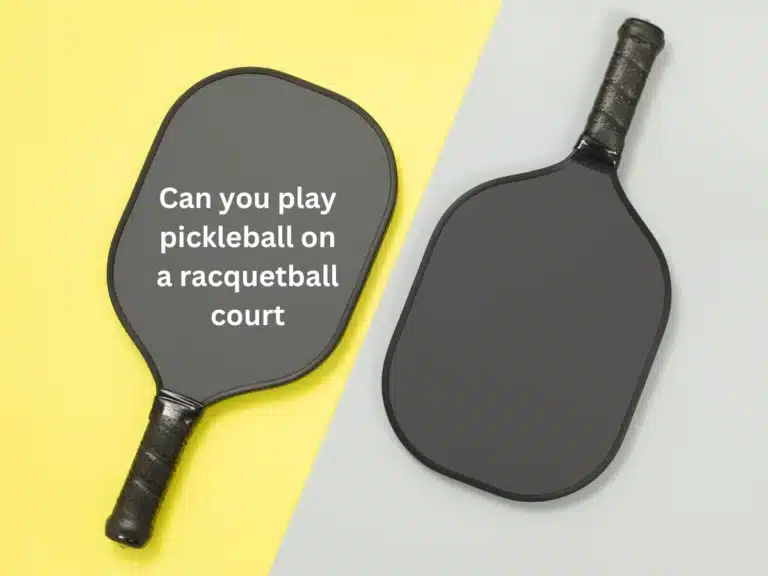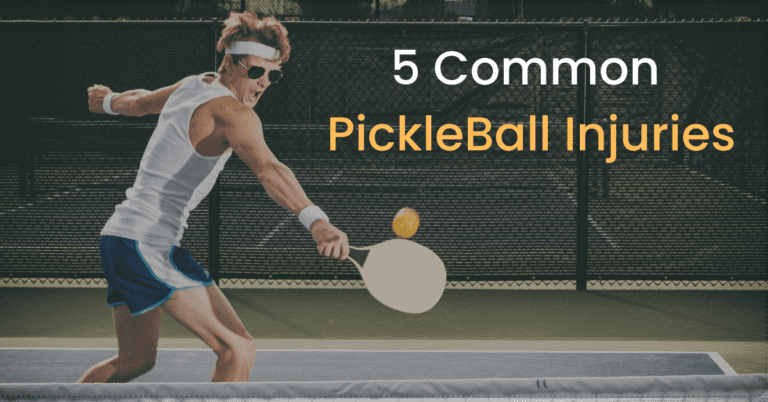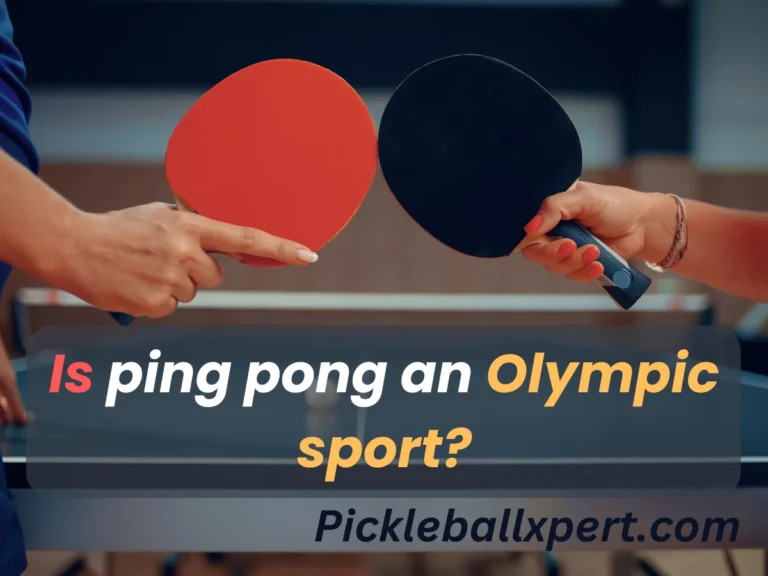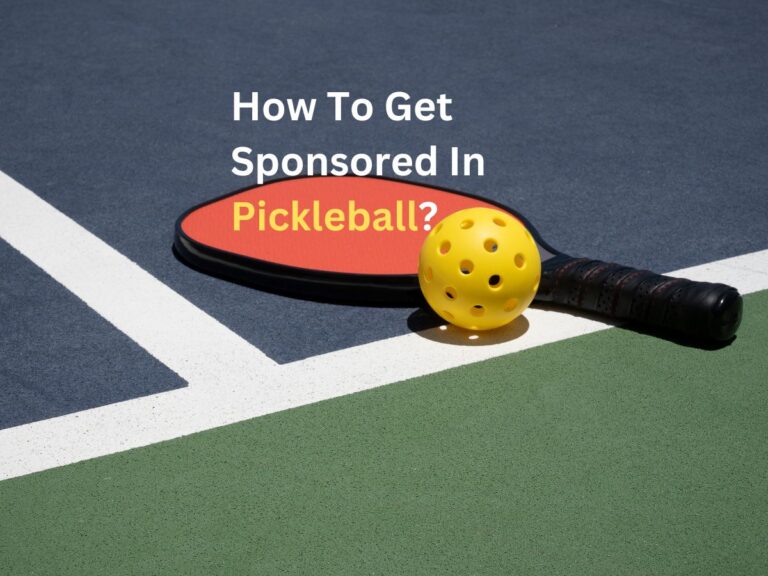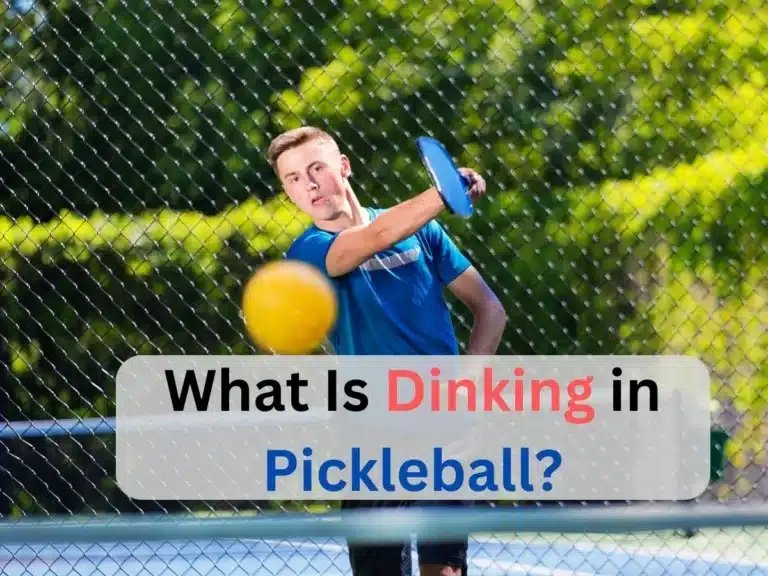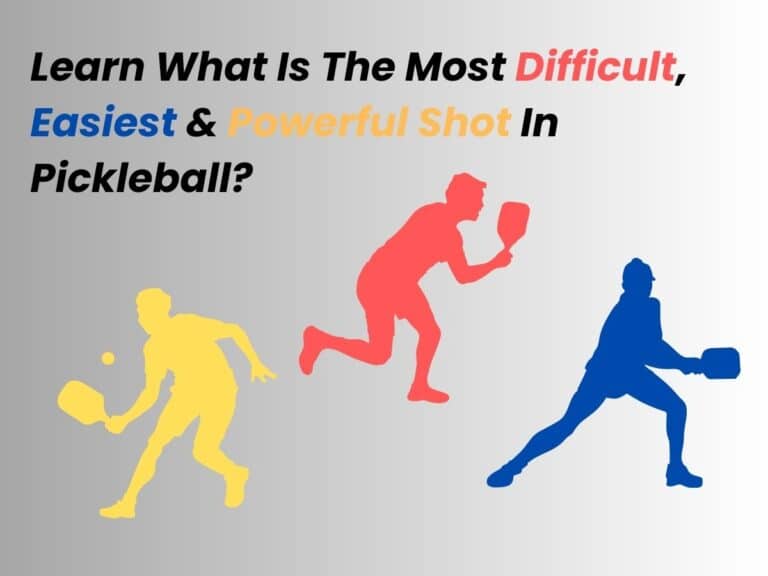Pickleball Singles Rules 2024 | How to Play Singles
Pickleball is a wonderful sport that combines the best of tennis and badminton, making it a great choice for those who love a good challenge. If you’re a game fan, you might wonder how to play singles pickleball. In this blog post, we’ll introduce pickleball singles rules and strategies so you can make the most out of your time on the court.
EXPERT PICKLEBALL SINGLES RULES AND STRATEGIES
1. Understanding Pickleball Singles Rules
Players are not allowed to hit more than one server and must wait until their opponent has returned the ball before serving again. It is one of the key rules of pickleball singles and is essential to ensuring the game is fair and safe.
If a player serves more than once in a row, the referee will call a fault, and the other player will receive a point. Other rules that apply to pickleball singles include the double bounce rule, the no-volley zone rule, and the 21-point rule. Play pickleball in singles. Understanding and obeying these basic rules are important to ensure an enjoyable game.
Pickleball singles rules require players to use their services to switch sides of the court after each point. The player who serves first at the start of the game will serve from the right side of the court and switch to the left side after each point.
Players must also stand in their designated spaces at the time of the service, and the service must travel diagonally across the court. The player must reserve if the ball touches the net on the serve.
A game is won when one player can reach 11 points first, and players must alternate serves after every 2 points. The game also has a 7-point tie-breaker rule, where the first player to reach 7 points wins.
These rules make pickleball singles an exciting and challenging sport that will keep you entertained.
In conclusion, besides some other rules, it is important to remember that there is no “double bouncing” rule when playing Pickleball singles. It means the ball can be touched on both sides of the court before it is played. This rule adds an extra element to singles games as players have more opportunities to strategize and challenge each other on the court.
2. Strategies for Single’s Play – How to Play Singles
In pickleball singles, it is important to focus on court positioning – being in the right position at the right time is key. For a player to be successful, it is essential to understand the rules, such as the serve placement, return of serve, and the scoring system.
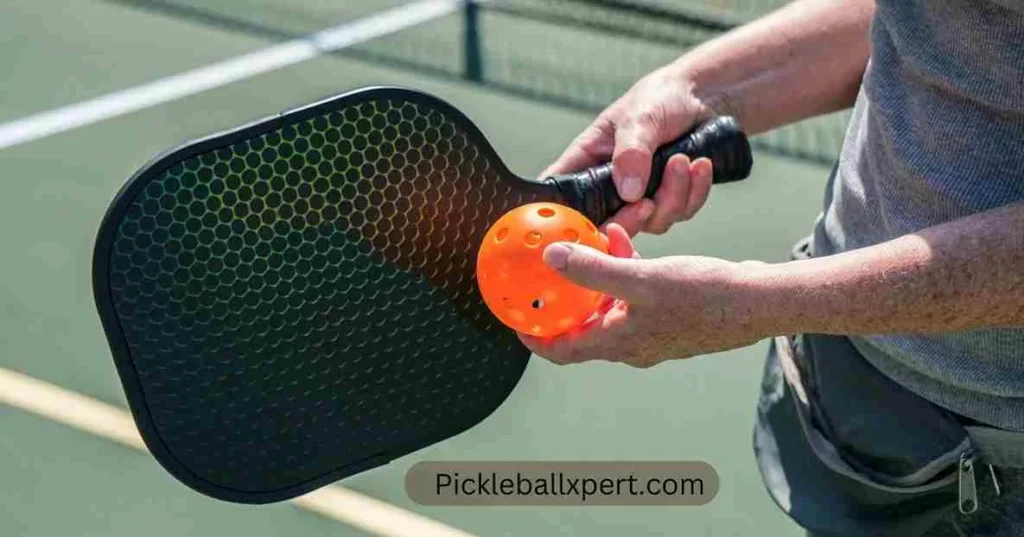
The serve must be underhand and land in the designated service court. After the serve, the player must return the ball over the net and only let it bounce once in their court. Points are only scored by the serving side and must be made within the confines of the court.
Knowing the rules will help players to be in the right position to score a point and make the most of the game.
Developing a variety of shots is also important, so you can keep your opponent guessing and off-balance when playing pickleball singles. The rules for singles pickleball are slightly different than doubles since there is only one player on each side of the net.
In singles pickleball, the server must keep one foot inside the court while serving, while the receiver must be positioned within the opposite service court.
3. Leveraging Your Serve to Your Advantage
When serving in pickleball singles, you should always aim for a corner that gives you the most control. You can decide where you want the ball to go when you serve. A corner works well to keep your opponent off balance and minimize their ability to anticipate your shots.
If you are playing a defensive game, you can use a corner serve to get your opponent to hit the ball back to where you want it.
Pickleball singles rules dictate that the serve should go diagonally to the opponent’s court. The server has two chances to get the serve; if it fails, the opponent scores a point.
Remember, the most important thing is to aim for the corners; they will give you the most control and the best chances of winning. You can also use spin and power to your advantage when serving, as this will make it more difficult for your opponent to return the ball.
A good serve can give you an advantage in the rally, allowing you to have control of the ball and set the tempo for the match. Keep practising those serves to gain an edge over your opponent and give yourself a leg up during singles matches!
4. Understanding the Court and Its Benefits
Pickleball singles are played on a smaller court than the regular one, allowing for faster and more intense gameplay. The rules for singles remain largely the same, but with a few minor differences.
The main difference is that each player only has one serve instead of alternating two serves back and forth, as in doubles. Players can also not move into the opponent’s side of the court when playing a shot.
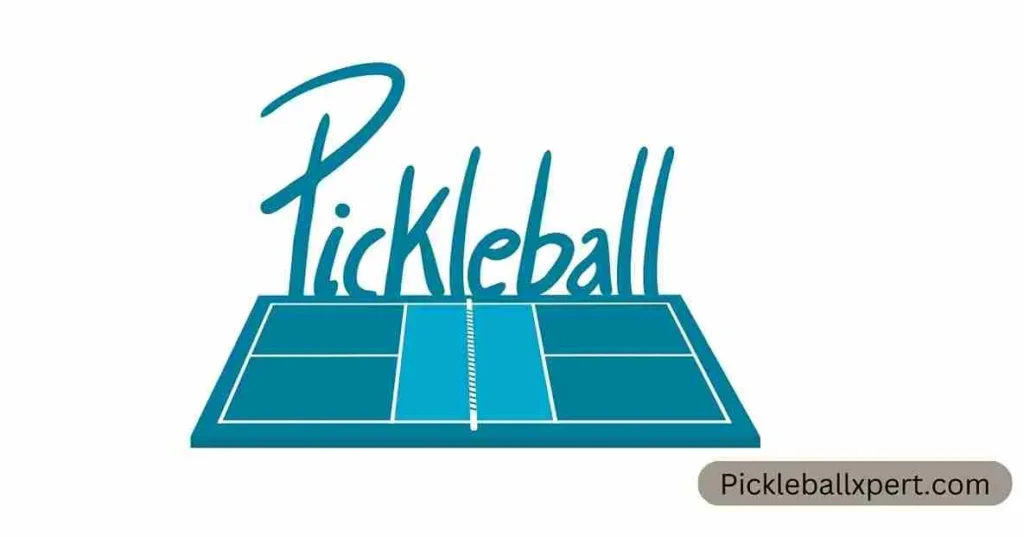
An important part of pickleball singles is that you can move quickly around the court and make the most of your one serve. Having a good strategy and being able to control your shots will give you the best chance of winning your match. The smaller court size forces players to utilize their quick reflexes and make more strategic decisions to be successful when playing pickleball singles.
To score, you must hit the ball over the net and within the boundary lines of the court. When the ball is served, you or your opponent must hit it diagonally across the court and only let it bounce once before it is returned.
Scoring is similar to tennis, with each game being won when one player reaches 11 points with a two-point margin. The server must alternate between the opposite ends of the court, and the players must take turns serving every two points. A player must win two out of three games to win the match.
5. Making Smart Shot Choices
In pickleball singles, it’s important to make smart shot choices. You’ll be playing against only one other player, so you’ll need to be aware of what shots they’re susceptible to and which shots they’re likely to hit back.
Additionally, you can’t play the same shot twice in a row, so you need to vary your shots to avoid getting penalized. It would be best if you also tried to move your opponent around to different parts of the court, making it difficult for them to hit an effective return.
Ultimately, the goal is to keep them off balance while making a smart play that will put you in a position to win the point. You should focus on playing shots that are difficult for your opponent to reach rather than just hitting the ball as hard as you can.
These are the basic rules of pickleball singles. To become a top-level player, practice these skills and stay up-to-date with new singles rules as they emerge.
6. Deliberate Practice and Mental Training
Deliberate practice is essential in pickleball singles, as it involves honing specific strategies and techniques to become more competitive. When playing pickleball singles, the rules are straight forward: the first to 11 points wins the game. During pickleball singles, the scoring is the same as in doubles, but the receiving player can choose which side of the court to return the serve.
Additionally, players must stay on the same courtside until the ball has been hit. If the player touches the non-volley line before or after hitting the ball, they will be penalized. Therefore, consistent practice through drills and competitive matches is essential to develop the skills and strategies to win the game.
Mental training is also key in pickleball singles, as it involves developing mental toughness, focus and resilience to help push through difficult matches. The same basic rules apply when playing pickleball singles, such as alternating serves and following the “kitchen” rule. However, the game’s strategy can be different than doubles, as the court is larger and the player must cover a greater area.
Pickleball singles can be a great way to sharpen your skills and increase your game IQ, as players must employ different tactics to keep their opponents off balance. With mental training to help push through difficult matches and a few adjustments in strategy, you can be sure to win your pickleball singles match.
Final Words
Finally, pickleball singles rules provide an opportunity for a competitive experience that can help to strengthen an athlete and their overall game. A good balance of physical practice and mental training can give players an edge when competing in pickleball singles and improve their performance overall. Anyone can become the ultimate pickleball singles champion with hard work and dedication.
FAQs
What is the 10 second rule in pickleball?
The “10-second rule” in pickleball is a rule that applies to serving in the game. It states that the server must serve the ball within 10 seconds of receiving the signal to serve from the umpire. This rule aims to keep the game moving and prevent delays. The server has two chances to serve the ball within 10 seconds; if they cannot do so, they lose the point.
Are singles pickleball rules different from double?
Yes, the rules for singles pickleball are slightly different from doubles. In singles play, only one player is on each side of the court, while in doubles play, there are two players. Some of the main differences in the rules for singles and doubles pickleball are as follows:
✔In singles play, players are allowed to serve from anywhere along the right side of the court, while in doubles play, players must serve from the right-hand side behind the baseline.
✔In singles play, players are allowed to hit the ball into the non-volley zone (also known as the kitchen) on their serve, while in doubles play, players are not allowed to hit the ball into the non-volley zone on their serve.
Can you play pickleball with 2 players?
Yes, you can play pickleball with two players. Pickleball can be played with any number of players with enough paddles and balls. When you play with two players, you can play either a traditional singles game or a doubles game where each player covers half the court.

